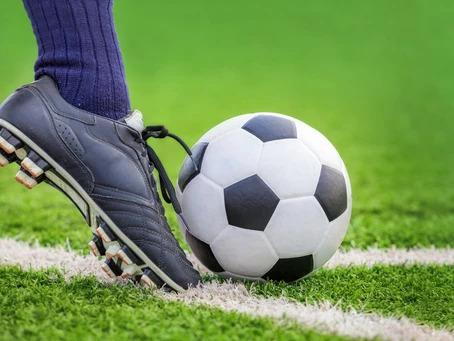
As many of us enter the holiday season and look forward to greeting the new year, plans for fitness and weight loss are high on the list. There are a lot of us who are also looking more critically at lung conditions, especially with this strange period we are all living in. At the nexus of these concerns is a condition known as sports asthma or, more correctly as exercise-induced asthma, because it is not really the activity that sets off the asthma symptoms. Rather, it is an obstruction of airflow that is initiated through exercise that creates it; leading to another popular name for the symptoms, known as exercise-induced bronchoconstriction. Up to 90% of asthma sufferers will experience this condition, with teens and young adults reporting that almost all of their breathing problems are encountered during vigorous activity.
The symptoms of this disorder are very similar to those of traditional asthma. This includes shortness of breath, wheezing, tightness in the chest, upset stomach, a sore throat, and a feeling of shortness of breath. The difference is, with sports asthma, these problems will only occur after you have actually stopped your activity. This means that you won’t feel an attack coming on right as you start a session on the treadmill. More likely, five to ten minutes after you have actually finished the activity is when you will start feeling like breathing is not coming as easily to you. The upside of this is that maybe 30 minutes after those symptoms, you should be able to attain some relief.
What makes this confusing is that there are some conditions that can trigger this condition more than others. Things like chlorine in a swimming pool; polluted air while you walk, run, or bike; cold, dry air you may encounter during winter sports; fresh paint, cleaning supplies, or other chemicals in your surroundings, as well as super hot temperatures such as those in desert climates, can affect your breathing more than other exercises. This means that your jog on a comfortable spring day may not set you off, but doing a hot yoga session at your local center may just be a very bad trigger for you.
The real difference between asthma and sports asthma is the fact that traditional asthma sufferers can become distressed through regular life situations such as stress, fear, or even minimal exertion. For people with sports asthma, they will not know they have a problem until they begin to get active.
At the first signs of this disorder, the first thing to do is to contact your local, trusted physician and schedule an appointment. They will be able to work with you on strategies and treatments to combat the symptoms of this tricky condition.
As you can see, sports asthma can come as a surprise. But this doesn’t mean you have to let it slow you down! Many professional athletes, including actual Olympians, suffer from this. But with some planning, treatment, and confidence, anyone with sports asthma can continue to do the activities they love with minimal problems.
